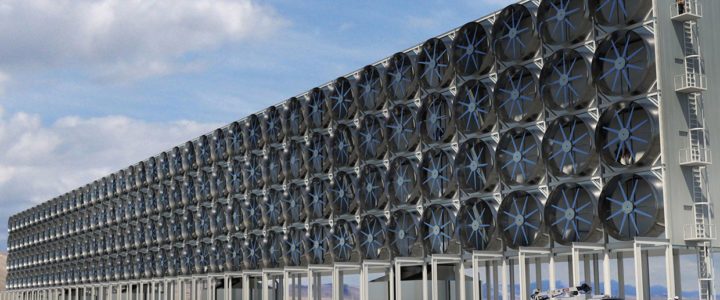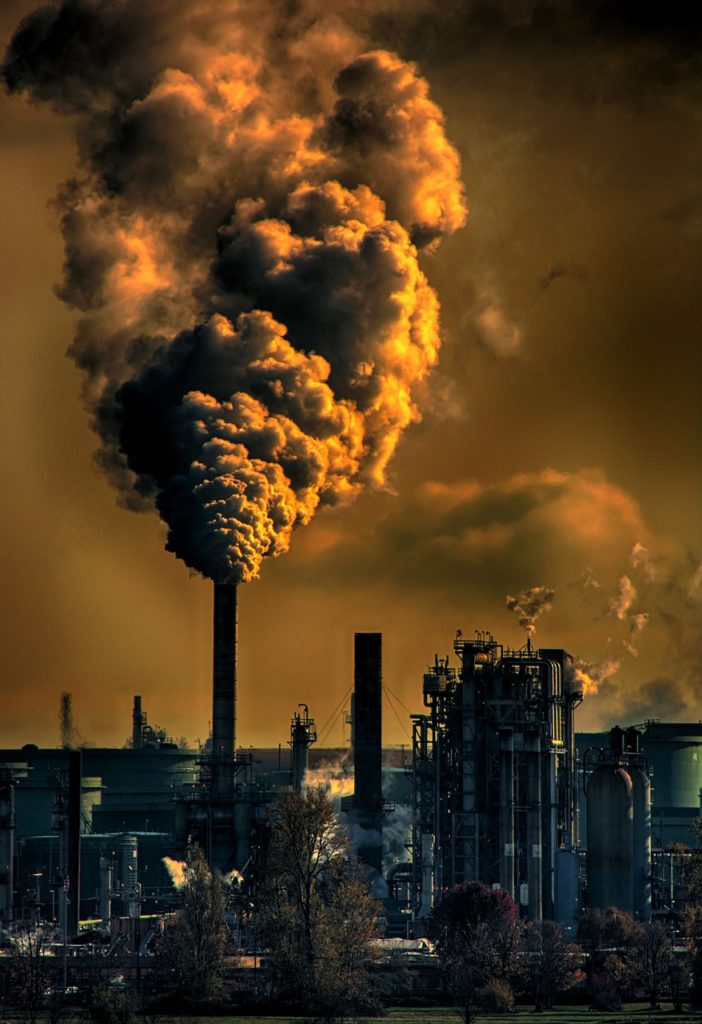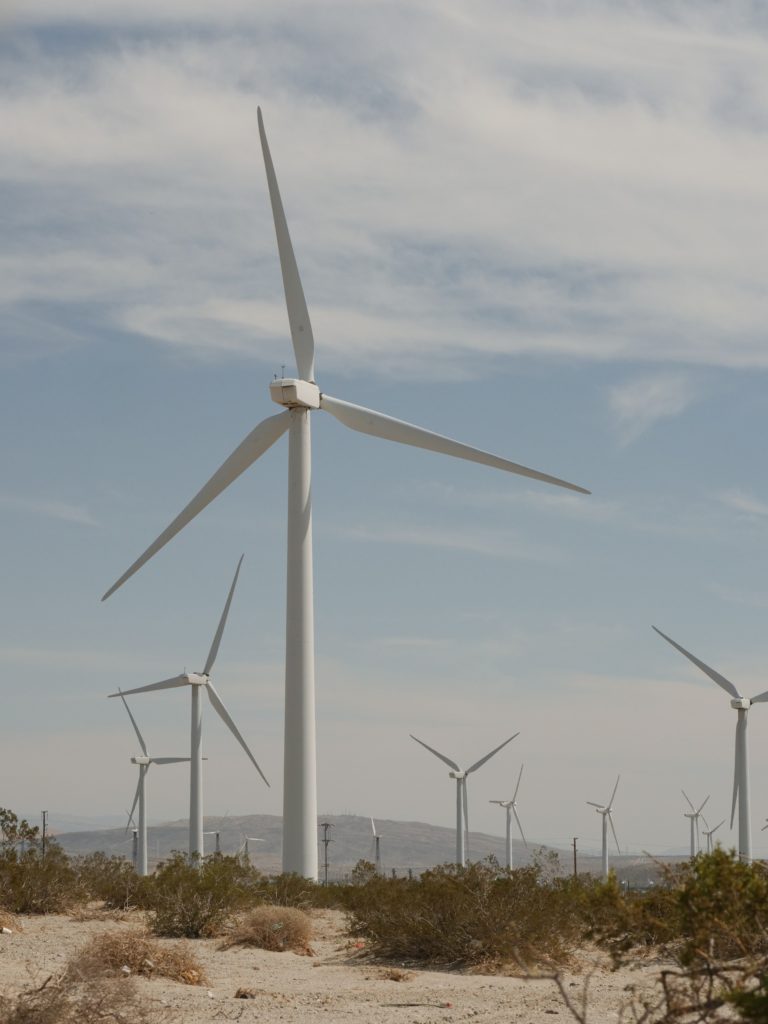
Carbon capture technology refers to a group of processes used to literally capture carbon dioxide (CO2) emissions and either store them (Carbon Capture and Storage, CCS) or utilize them for other purposes (Carbon Capture Utilization and Storage, CCUS). It captures emissions from large point sources, such as fossil fuel power plants and industrial processes, or by direct air capture (DAC). The technology can be applied in different ways, depending on the specific application and the type of emissions being captured. Sounds good, right? But is it really a silver bullet for the climate crisis?
There are three types of capture which can be implemented at the source of emissions: post-combustion, pre-combustion and oxyfuel combustion. Post-combustion capture involves capturing CO2 emissions after combustion has taken place. It uses solvents or absorbents that bind with CO2 in the flue gas from power plants or industrial facilities. The equipment can be retrofitted to conventional power plants. Pre-combustion capture involves capturing CO2 emissions before combustion takes place. It’s typically done by converting the fuel into a synthesis gas (syngas) that contains hydrogen and CO2, which is then separated and captured. This method is the least expensive but can’t be retrofitted to older plants. Oxyfuel combustion involves burning the fossil fuel in oxygen instead of air, so that the resulting flue gas consists mainly of water vapor and CO2. This makes it easier to separate and capture the CO2 emissions, once the water condenses. This technique is the most effective carbon capture method, but also the most energy intensive.

Then there’s the fourth capture method: Direct Air Capture. As the name implies it literally grabs the CO2 by chemically scrubbing it from the air. This technique offers additional benefit of being effective anywhere, regardless of where emissions originate.
All of this tech has numerous potential applications. Storing the carbon in products to be used in daily life seems somewhat genius. Additionally, it’s being considered as a way to enhance the production of hydrogen fuel. In this case the hydrogen produced is called ‘blue hydrogen’ and this could play a critical role in the transition to a low-carbon energy system. (Side note: did you know there’s seven colors which make up about the hydrogen energy rainbow?!) But something not often discussed is that a major use of the carbon being captured via post-combustion methods is in Enhanced Oil Recovery (EOR). That is, to improve the access to oil deposits. Obviously this is entirely counter-productive.
Putting that aside, the prevention or removal of CO2 emissions, the concepts of CCS, CCUS and DAC are very appealing. If perfected, it has enormous potential to change our climate catastrophe trajectory. Because when it’s deployed at scale, we’d expect to see atmospheric CO2 drop quickly.
There are, however, a few major stumbling blocks. The first is cost. Currently this is prohibitively high, meaning it’s simply not scalable. The cost to capture 1 metric ton of CO2 can be as high as USD$800 right now. So the cost of capturing and storing CO2 can be several times higher than the cost of generating electricity without carbon capture. Thankfully, this technology will decrease in cost as it evolves and becomes more widespread.
The next hurdle is the energy intensity of the technologies. Scrubbing 1 gigaton of CO2 from the air using DAC could require an input of approximately 10% of current global energy consumption.
Another problem, somewhat more difficult to solve, is the limited availability of storage sites for the captured CO2. While there are several sites in operation today, the total capacity is still limited and further expansion may be challenging due to concerns over safety and the potential impacts on local communities. So using the stored carbon in items such as jet fuel, diamonds, vodka, and concrete, is clearly a good option.
If the above technical challenges can be overcome we solve our atmospheric emissions excess. The deployment of carbon capture technology is a critical step in the transition to a low-carbon energy system. Governments around the world are implementing policies and programs to encourage the development and deployment of carbon capture technologies, including tax credits, grants, and subsidies. And the private sector is investing heavily in carbon capture R&D with several large-scale projects currently underway. The benefits of reducing emissions and mitigating the impacts of climate change obviously outweigh the costs and challenges in the long run.
Further advances in carbon capture technology will really move the needle:
* Improving the efficiency of existing carbon capture technologies like amine-based solvent systems and membrane separation systems.
* Developing new solvents, such as ionic liquids, that have higher carbon capture capacity and lower energy consumption.
* Increasing interest (and investment) in direct air capture.
* Exploring new technologies like mineral carbonation, which involves capturing carbon dioxide and converting it into stable carbonates.
* Combining several methods to increase efficacy, like installing post-combustion capture with an on-site DAC.

The aim is to make carbon capture more efficient, cost-effective, and scalable in order to combat the climate crisis. The real key here is ‘scalable’. Currently, CCS and CCUS remove about 45 Mt of CO2, but burning fossil fuels produces about 31.5 Gt of CO2–quite the gap between production and capture.
So this isn’t a silver bullet. Like offsetting, it must be used in conjunction with genuine and ambitious emissions reduction. It’s not a free pass to keep emitting, but rather a stop gap on the way to a low emissions future. There is scope for greenwashing here, so any claims about carbon capture must be qualified and verified by unbiased parties. This ensures blatant lies like those from Shell’s Scotford complex in Alberta, Canada, are exposed and hopefully then prevented.
The bottom line: we’re optimistic. But we aren’t close enough to this solution being viable to help avoid climate catastrophe to actually rely on it. We need to continue to reduce emissions at every turn and disconnect from our reliance on fossil fuels as a source of energy. The future of technological carbon sequestration is genuinely promising. But for the next 5 years, at least, we’d be crazy not to put more effort into emissions reductions.



